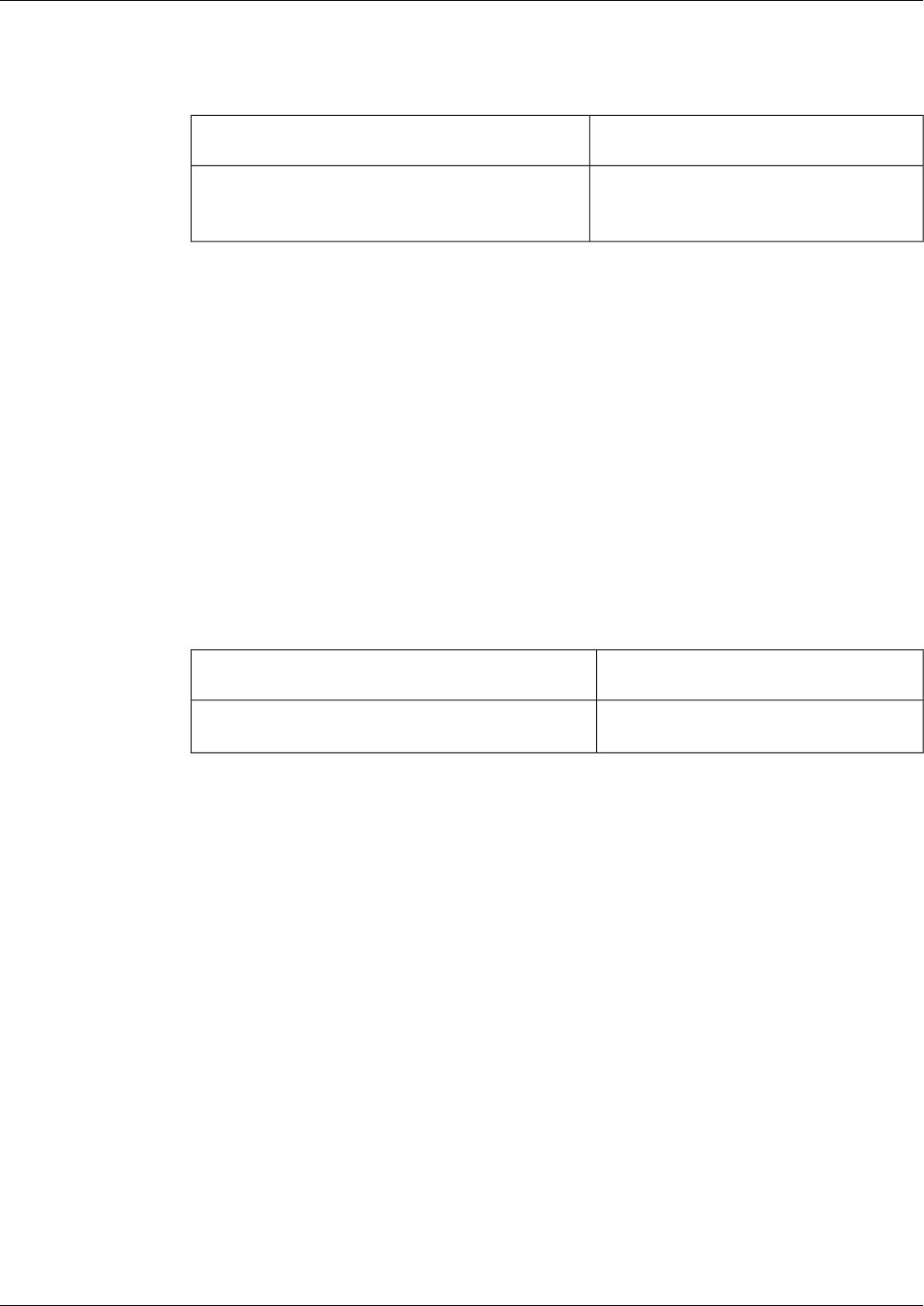User Guide
Table Of Contents
- Cover Page
- Table of Contents
- List of Figures
- Figure 1 : Central Controller
- Figure 2 : Peripheral and Peripheral Gateway
- Figure 3 : Administrative Workstation
- Figure 4 : WebView Server
- Figure 5 : Diagram of System Components
- Figure 6 : ICM Data Environment
- Figure 7 : Real-Time Data Moves to AW Local Database
- Figure 8 : Icons for Graphs and Tables
- Figure 9 : Deployment with Enterprise Routing
- Figure 10 : Sample Script for Enterprise Routing
- Figure 11 : Script Example for Agent Level Routing
- Figure 12 : Sample Script for Hybrid Routing
- Figure 13 : Agent State and Task State Relationship
- Figure 14 : Sample Routing Script for Information Gathering and Queuing
- Figure 15 : Call Type Data for Calls that Abandon after Call Type is Changed
- Figure 16 : Call Type Data for Calls that Abandon before Call Type is Changed
- Figure 17 : MultiChannel Options
- Figure 18 : Agent State Hierarchy
- Figure 19 : Call Abandoned While On Hold Scenario
- Preface
- Chapter 1: System Architecture and Reporting
- Chapter 2: Understanding Reporting
- Chapter 3: Understanding Routing and Queuing
- Chapter 4: Planning for Reporting
- Planning for Reporting at Unified ICM Setup
- Planning for Your Deployment
- Planning for Configuration and Scripting
- Planning for Agent Reporting
- Planning for Call Types
- Planning for Custom Reporting
- Planning for the HDS
- Planning for Enterprise Routing and Enterprise Reporting
- Planning for Service and Enterprise Service Reporting
- Planning for Service Level
- Planning for Short Calls
- Planning for Skill Groups and Enterprise Skill Groups
- Planning for Transfer and Conference Reporting
- Planning for Translation Routing
- Planning for Unexpected Scripting Conditions
- Planning for VRU Application Reporting
- Chapter 5: Reporting on Agents
- What Agent Data do you Want to See?
- Reporting on Agent Activity in Skill Groups
- Reporting on Agent States
- Reporting on Average Speed of Answer for Agents and Skill Groups
- Reporting on Agent Logout Reason Codes
- Reporting on Agent Not Ready Reason Codes
- Reporting on Agent Task Handling
- Reporting on Agent Performance for Outbound Option Dialing Campaign Calls
- Reporting on Agent Redirection on No Answer
- Reporting on Agent Call Transfers and Conferences
- Reporting on Agent Teams
- Chapter 6: Reporting on Customer Experience
- Chapter 7: Reporting on Operations
- Chapter 8: Reporting in a MultiChannel Environment
- Chapter 9: Sample Call Scenario
- Chapter 10: Reporting Implications of Data Loss and Component Failover
- Chapter 11: Troubleshooting Report Data
- Appendix A: List of All Unified ICM Report Templates
- Appendix B: Reporting Entities and Databases
- Appendix C: Configuration and Scripting for Reporting
- Configuration for Agent Reporting
- Configuring Call Types
- Configuration and Scripting for Conferences and Transfers
- Configuring Services and Enterprise Services
- Configuring and Scripting for Service Level Threshold and Type
- Configuring Short Calls
- Configuring Skill Groups and Enterprise Skill Groups
- Configuration and Scripting for the VRU
- Configuring Translation Routes
- Index

Agent B or the caller disconnects. InternalCallsRcvd and Conference Out are incremented
against the ACD-picked skill group for agent B.
Fields incremented for Agent B against
skill group X
Fields incremented for Agent A against
ACD-picked skill group
CallsHandled, ConferenceInInternalCallsRcvd, InternalCall, ConferenceOut,
Hold
For agent A, the call is reported in Tasks Handled, Internal Out, Conf Out, and All Hold (Internal
Hold) in report fields. For agent B, the call is reported in Tasks Handled and Conf In report
fields.
Call Scenario 4: Consultative Call
In this example, agent A is presented with an ACD call for skill group Y.
Agent A selects skill group X via the dialed number and initiates a consult. The script that uses
the LAA select node for skill group X realizes that Agent B is available and requests that agent
A’s PG initiate a conference to agent B on behalf of Agent A’s phone. Agent B answers the
consult call. After consulting with Agent B, Agent A activates the Reconnect button, which
disconnects Agent B and Agent A resumes talking to the caller.
Agent A disconnects from the call. After wrap-up is completed, CallsHandled and Consultative
Calls field are incremented for agent A against skill group Y.
Fields incremented for Agent B against
skill group X
Fields incremented for Agent A against skill
group Y
CallsHandledCallsHandled, InternalCall, ConsultativeCall, Hold
For agent A, the call is reported in Tasks Handled, Internal Out, Cons Out, and Incoming Hold
and/or All Hold report fields. For agent B, the call is reported in Tasks Handled report fields.
Reports that show Agent Transfers and Conferences
These are some of the reports that contain information on Agent Transfers and Conferences:
•
agent05: Agent Task Detail Performance
•
agtper21: Agent Peripheral Task Summary Half Hour
•
agteam26: Agent Team Consolidated Daily
For the complete list of agent templates, see Appendix A (page 165).
Reporting Guide for Cisco Unified ICM Enterprise & Hosted Release 7.2(1)
97
Chapter 5: Reporting on Agents
Reporting on Agent Call Transfers and Conferences










